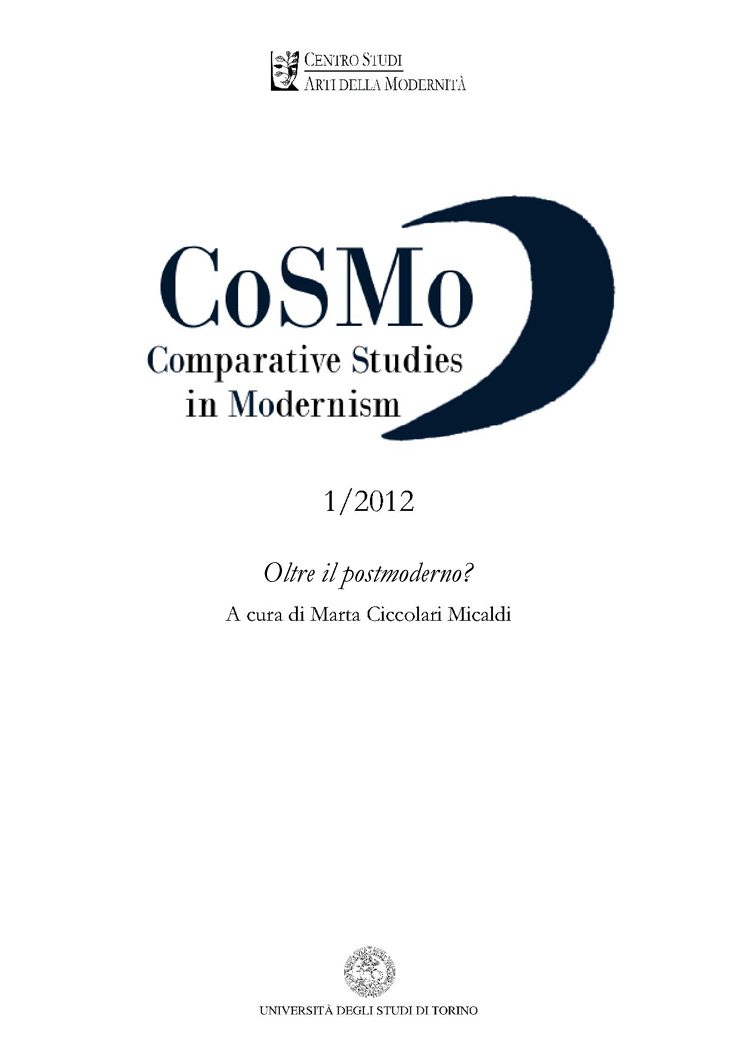Postmodern, or Else? The Case of "Maus" by Art Spiegelman
DOI:
https://doi.org/10.13135/2281-6658/165Abstract
In a 1986 interview, the comic artist Art Spiegelman confessed to having made an initial decision counter to his Pulitzer-winning graphic memoir Maus being postmodern… and yet, it turned out to be one of the most controversial – and convincing – examples of postmodernist rethinking of historical writing. The working hypothesis discussed in the present essay is the ‘inevitability’ of the text’s postmodernist structure, due to two main factors: firstly, the author’s second-generation perspective, which prevented the mimetic representation of a reality “beyond his darkest dreams”. Accordingly, Spiegelman chose to portray the various nationalities involved in the conflict with an animal mask, modeled on the American mainstream funny-animal comic heroes. This resulted in a hybrid form, originated in a conflation of highbrow and lowbrow art, which is considered typical of the postmodernist literary production. Secondly, the peculiar narrative matter at the heart of the project – an oral history document of his father Vladeck’s true testimony of imprisonment at Auschwitz during World War II – determined a highly self-referential structure in which the process of history-making was made explicit, and where History was replaced by two petit récits, which proposed two multiple and even contradictory histories.Downloads
Downloads
Published
Issue
Section
License
Authors keep the copyrights for their work and give the journal the work’s first publication copyright, which is at the same time licensed under a Creative Commons License – Attribution, which in turn allows other parties to share the work with an acknowledgement of the work's authorship and initial publication in this journal.
Content Licence

You are free to copy, distribute and transmit the work, and to adapt the work. You must attribute the work in the manner specified by the author or licensor (but not in any way that suggests that they endorse you or your use of the work).
Metadata licence

CoSMo published articles metadata are dedicated to the public domain by waiving all publisher's rights to the work worldwide under copyright law, including all related and neighboring rights, to the extent allowed by law.
You can copy, modify, distribute and perform the work, even for commercial purposes, all without asking permission.





